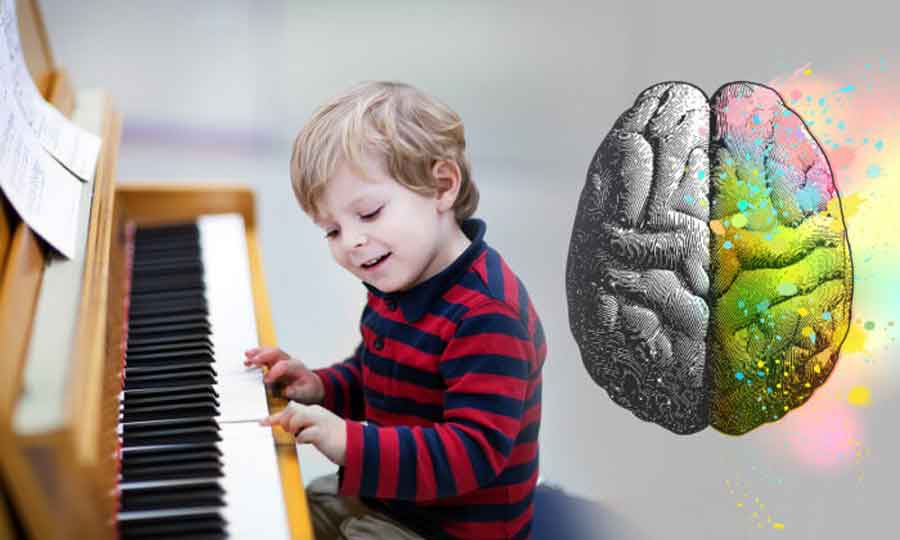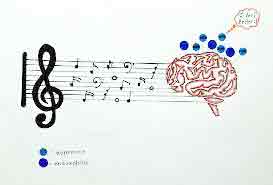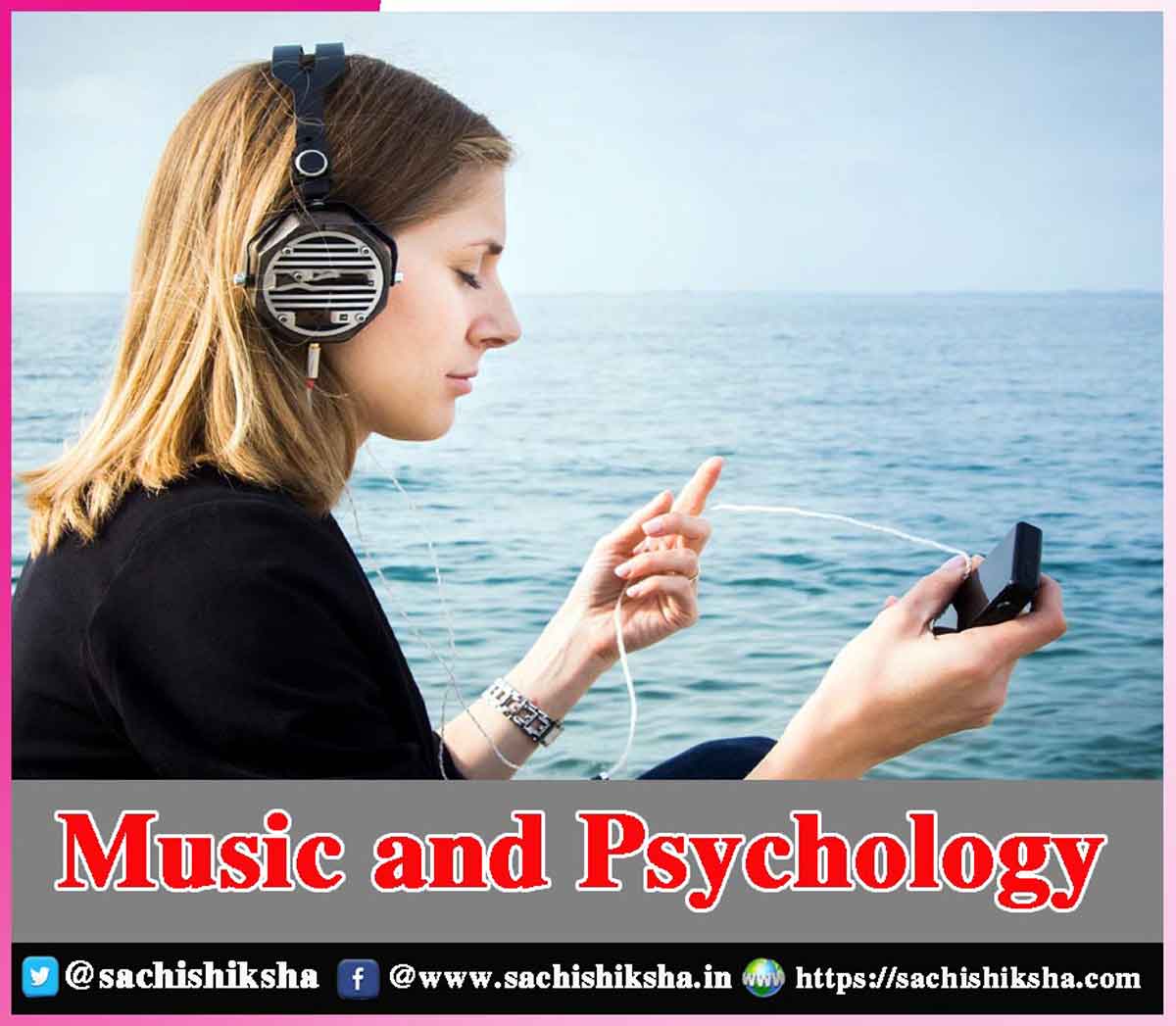Music and Psychology
Introduction: Often hailed as the universal language, music transcends cultural boundaries to evoke profound emotional responses and shape human experiences.
Its intricate relationship with psychology has been a subject of fascination, offering insights into cognition, emotion, behavior, and therapeutic applications. This essay delves deeper into the multifaceted connection between music and psychology, unraveling its cognitive, emotional, and behavioral dimensions while exploring its therapeutic potential in clinical settings.
Table of Contents
The Cognitive Dimension of Music

Emotional Resonance
The power of music to create strong emotions is among its most alluring features. The neuroimaging studies have elucidated the neural mechanisms underlying music-induced emotions, revealing the involvement of limbic and paralimbic brain regions. The emotional impact of music is deeply subjective, shaped by individual differences in personality, culture, and past experiences. Whether it’s the upbeat beats of a dance tune or the melancholic strains of a requiem, music acts as a medium for catharsis, emotional expression, and communication. It may also be used to enhance happiness during happy occasions and provide comfort during sad ones.
Behavioral Influences
Music exerts a subtle yet profound influence on human behavior, modulating arousal levels, motivation, and social interactions. Music’s tempo, genre, and lyrics can elicit specific behavioral responses, ranging from relaxation and concentration to excitement and aggression. Music facilitates bonding and cohesion in social contexts, fostering a sense of shared identity and belongingness among individuals. Moreover, the rhythmic entrainment inherent in music promotes synchronized movement, as evident in dance rituals and collective rituals across cultures. From enhancing productivity in work environments to influencing consumer behavior in retail settings, music shapes our actions and experiences in myriad ways.
Therapeutic Applications

For those suffering from neurodevelopmental conditions like autism spectrum disorder, music therapy can enhance social communication skills, emotional regulation, and sensory integration. In rehabilitation settings, music-based interventions facilitate motor learning and speech rehabilitation following stroke or traumatic brain injury. Moreover, music therapy has been integrated into palliative care to alleviate pain, anxiety, and existential distress, offering comfort and solace to patients facing life-limiting illnesses.
Clinical Perspectives
In clinical practice, music therapists employ a range of evidence-based techniques tailored to meet clients’ unique needs. From structured interventions to improvisational approaches, music therapy interventions are designed to enhance self-awareness, interpersonal skills, and emotional well-being. In mental health settings, group-based music therapy sessions provide opportunities for peer support, socialization, and creative expression, fostering a sense of community and empowerment among participants.

Future Directions
As our understanding of the interplay between music and psychology continues to evolve, new avenues for research and application emerge. Advances in neuroscience, including neuroimaging techniques and computational modeling, offer unprecedented insights into the neural mechanisms underlying music perception, cognition, and emotion.
Moreover, interdisciplinary collaborations between musicians, psychologists, neuroscientists, and healthcare professionals pave the way for innovative approaches to music therapy and psychoacoustic interventions. From personalized interventions based on neurobiological markers to immersive virtual reality experiences, the future of music therapy holds promise for enhancing clinical outcomes and promoting well-being across diverse populations.
Conclusion
Music bridges the realms of art and science, uniting aesthetic experiences with psychological inquiry. Its profound impact on cognition, emotion, behavior, and well-being underscores its transformative potential in clinical settings and beyond. By unraveling the intricate interplay between music and psychology, we gain deeper insights into human nature’s complexities and sound’s healing power. As we explore this harmonious connection, we unlock new possibilities for personal growth, therapeutic innovation, and societal transformation.














































